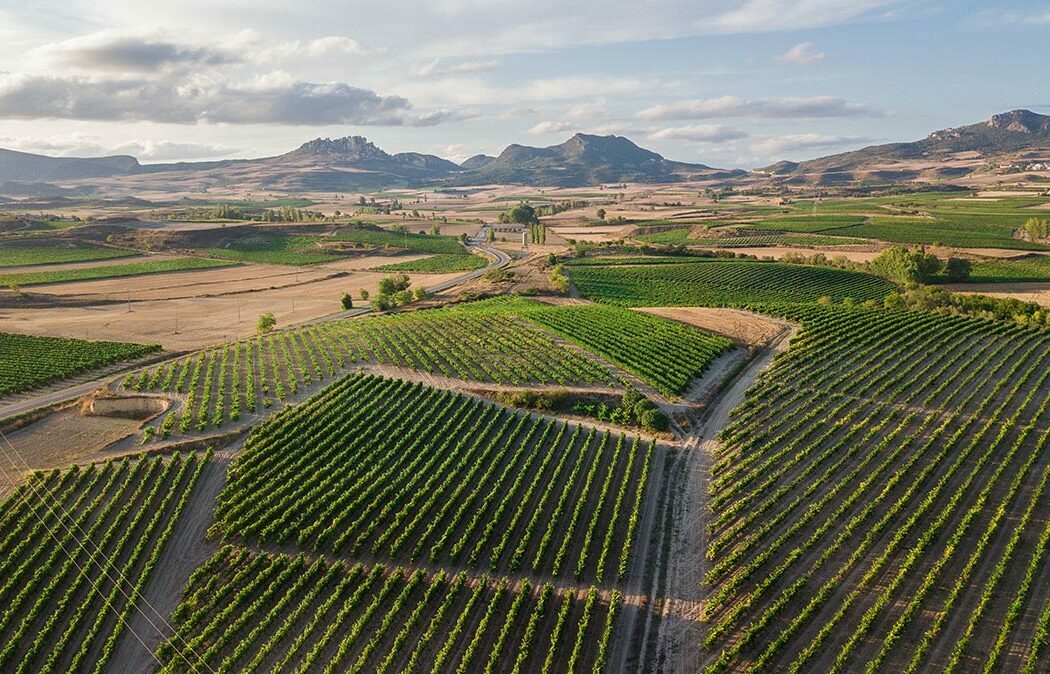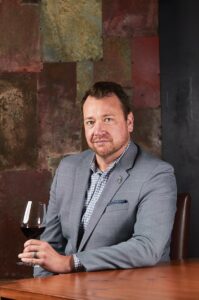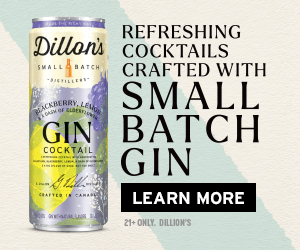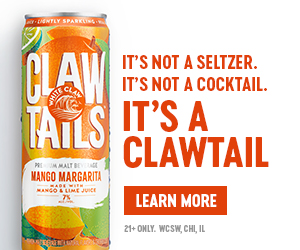

Ryan Robinson, Director of Education, Brescome Barton and Worldwide Wines.
By Ryan Robinson, Advanced Sommelier-CMS, WSET Diploma and WSET Educator
One of the most intriguing and confusing components of the wine industry is that there is always change. Most of the time, these changes are for the better and, occasionally, they add additional layers of unnecessary confusion to an already intimidating world of wine (looking at you, 11 sub-AVAs of Paso Robles).
Rioja DOCa, located in Northern Spain, is the oldest and one of the most recognizable Spanish wine appellations. Originally established by Royal Order in 1925—11 years predating the now-established 1936 wine appellations of France—the wine producers of Rioja have a long history of showing resilience while producing some of the best wines in the world.
Traditionally, the red wines of Rioja that are dominated by the native Tempranillo and Grenache, originating in neighboring Aragon, have garnered the most praise and demand. In total, there are five allowable red grape varieties that can produce vino tinto in Rioja: Tempranillo, Grenache, Graciano, Mazuelo and Maturana Tinta. The combination of these red grapes makes up 91% of the wine that is produced in the region.
Quality has always been a driving force for the grape growers and wine producers of Rioja. The region first launched its Warranty of Origin seal in 1925 and, in 1974, they were the first to use aging-specific back labels.
With these back labels, the terms Crianza, Reserva and Gran Reserva all indicate both a minimum aging time and, additionally, a minimum amount of time aging in barrel. These terms, historically, have been the hallmark of Rioja wines and have helped guide both wine aficionados and sommeliers. Consumers have known for years that you can get both great quality and an even better value when purchasing a red wine of Rioja.
Quality and value continue to be the driving force behind the success of Rioja wine. Change is in the air. With both consumer drinking habits evolving and as the children of the traditional growers and wine producers return home to take up their families’ wine businesses, there have been a flurry of regulation updates and a paradigm shift in the traditional methods of Rioja wine production.
Of those changes, there is a greater demand for origin. Consumers today want to know precisely where grapes are being grown. Rioja is a vast wine appellation. It is centered within parts of three Spanish autonomous communities: Navarra, Basque Country and its namesake, La Rioja. Within this large appellation, there are three subregions: Rioja Alavesa, Rioja Alta and the newly renamed Rioja Oriental. These subregions were as close to establishing a sense of place when identifying origin.
There are two changes that are simultaneously happening in Rioja. First, as recent as February, there have been newly approved label terms to better define the production origin. Within the larger appellation of Rioja, we now have the labelling term “Vino de Zona” that indicates the wine came from one of the three subregions. On a more localized scale, we now have the newly named “Vino de Pueblo,” which indicates the wine was produced from one of the 144 villages in Rioja. The most precise area of origin is “Viñedo Singular,” which requires producers to meet a long list of quality requirements, including a minimum vine age of 35 years, hand-harvested grapes and each wine must pass a tasting panel every year.
In addition to these new geographic terms that help us better understand where the grapes were sourced, there is a growing trend among the new generation of winemakers where they are abandoning the traditional labelling terms Crianza, Reserva and Gran Reserva for the green Generico label. This is most often done as some producers do not want to age their wines in oak for the mandated aging regimen.
While red wine does make up the bulk of Rioja wine production, riding alongside these new trends is the growing production of white wine, which I will cover next month.
To learn more about the wines of Rioja, the book “The Wines of Northern Spain” written by Sarah Jane Evans, MW, is a great starting point. If you want to expand upon that knowledge, visit the Rioja Wine Academy’s website at riojawineacademy.com.
Ryan Robinson is the Director of Education for Brescome Barton and Worldwide Wines in Connecticut. He is also the Wine Director for Cornerstone Restaurant Group in North America and South Korea, and an Adjunct Professor at the University of New Haven. He holds the credentials of Advanced Sommelier-CMS; WSET Diploma and WSET Educator in Wine, Sake and Beer; Rioja Wine Educator; Wine Scholar Guild Educator and Spanish Wine Specialist; and Certified Scotch Whisky Professional from the Council of Whiskey Masters.





